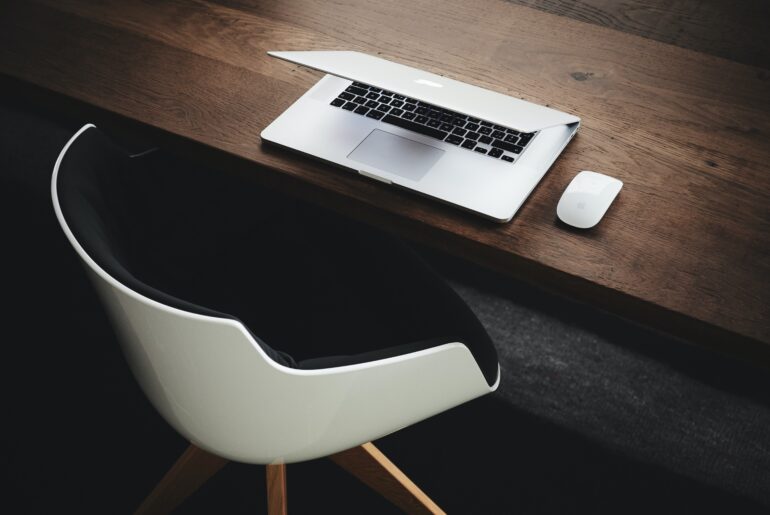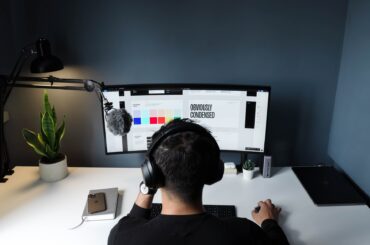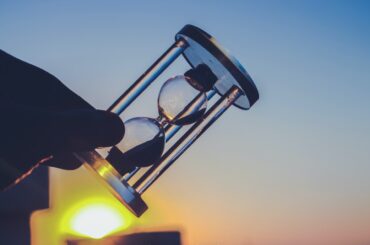One of the harsh realities of the so-called modern world is—we are constantly working, our attention span has crashed and we’re unhappy most of the time. So to hide our anxiety and overwhelm, we buy more stuff and we scroll more social media. But it’s not helping, is it? Rather we are falling deep into the black hole of chaos.
What is the solution? you ask. Well, it’s called digital minimalism. Let us explain. Life works best if we practice some sort of discipline. Whether it be, work, relationships, or the high we get out of our shiny gadgets. But we never took the discipline thing seriously when it comes to our gadgets. In fact, we literally have no rules.
So you must have already connected the dot—digital minimalism revolves around the philosophy that we should develop some sort of discipline with our day-to-day technology usage. Please note that it’s not about throwing your devices into the fire, rather limiting it. More on the concept below. Read along.
What is the Idea of Digital Minimalism?
The core idea behind digital minimalism is to negotiate our time with the technology we use—the internet, social media, video games, and so on. Therefore, the decluttering process is—you try to avoid the non-compulsory technologies for 30 days. And once you achieve your breakup for 30 days, you re-introduce the only technology—technology that truly serves a real value.
The whole concept of digital minimalism was introduced by an associate professor of computer science—Cal Newport. Carl Newport teaches at Georgetown University and the book is called Digital Minimalism: Choosing a Focused Life in a Noisy World, where he writes about the concept.
The Problem with our Gadgets
One of the problems he mentions in his book is how technology is good and evil at the same time. For instance, one can use social media for business purposes but at the same time—it can be stressful and overwhelming.
Therefore, social media is one of the most powerful tools on the internet, but is also at times, can be simply distracting.
Furthermore, our smartphones contain the whole knowledge humans ever had—but that is also the very problem here. There is simply too much to absorb and give attention to.
The point being, you take good and bad of technological advancements and you mix it. You try to find a common ground, something which is gray rather than black or white. So digital minimalism helps you to find the sweet spot to tackle the situation.
More about the Philosophy of Digital Minimalism
A wise person must appreciate the concept of philosophy and for the most part, we do. For instance, we have set our philosophical understanding of our physical health so we try to eat healthy food.
Therefore it’s not like boycotting to eat every type of food, rather we know that sugar and fast food is not good for our health. Hence to maintain this philosophy, we try to neglect the intake of sugar—it’s just not healthy to consume it.
Avoiding only unhealthy food is the philosophy here. In the same manner, avoiding every piece of technology is not feasible, rather bridging the gap between the overuse of the technology and not using it at all—is the core idea.
If you’re trying to read a classic which has been staring you for so long. And all the life-hack videos failed you to control your screen time—then there is a reason behind it. It’s because our struggle with the screen-time has gone so nasty that we can’t even concentrate to read any book, let alone a classic.
Therefore, if our screen time doesn’t resonate with our value system i.e. reading the book—then we need to dive down and figure out what technology we need, and for how long.
So the philosophy is very simple here. Adopt any discipline with the technology that not only you’re able to read finally, but you also have a clear sense of purpose.
Digital Declutter: 30-Days of Discipline
From the book, this process goes for 30 days. What you have to do from start to finish during the period, has been explained in three simple points:
- During the 30 days, try not to use optional technology.
- Throughout the period, introduce yourself to the activities you always wanted to try or maintain. Maybe it was about reading more, maybe it was working out.
- When the period comes to an end, reintroduce yourself to the technology. But this time, you only allow the technology after you’ve carefully examined the usage, value, and other benefits it might serve.
Best Practices to Maintain the Discipline
It’s nothing new that maintaining consistency is the hardest part when we acquire a new lifestyle. It’s equally true for digital minimalism.
But as we mentioned earlier, you will also introduce new habits and activates that are rather productive. So try to fill the void of scrolling, with something productive. To reclaim your attention span and dopamine receptors, Carl suggests some interesting steps one can take:
1. More ‘Me’ time
Solitude and introspection are the keys to a deep and healthy brain. It clears the fog from our heads. There are many ways to do so—for example, going for a walk can be very fulfilling.
2. Social Media with Purpose
We tend to scroll Instagram for hours because the feed is never gonna run out. And you are always one click away to switch between the apps even if it does. So before you go for another ‘like’, figure out if it’s going to add any value.
3. Try Analog for Once
Digital devices are indeed alluring, the reason why we are left with no activities and hobbies to practice. Therefore try switching from digital books to physical books or digital gaming to physical gaming—you get the essence right?
4. Screen time is Expensive
No kidding! The more time you end up staring at your screens, the more money you lose because time is money they say. Maybe it’s not about money, but what if you can spend the same time with your friends. Either way, you’re losing time and money, or perhaps both.
5. Avoid the Gateway Drug
Digital minimalism is about avoiding the activities which led to another and another and another. To illustrate, if you begin with unnecessary use of Facebook, chances are, you will also scroll through Twitter. Therefore Carl suggests deleting social media if it’s not adding anything to the story. Or maybe using it purposefully because you run a business on it.
Conclusion
Digital Minimalism, therefore, is a way to give priority to the only technology which serves real value, while cutting the rest. Just like someone detoxes their body when they try to be sober, you try to reset your attention span, dopamine rewarding system, and eventually your life.
Digital detox is avoiding bad habits associated with our smartphone and Internet usage. Once we accomplish that, we completely transform our lives. A life with lesser distractions and more productive times.
Also read:








4 Comments
I think whoever wrote this article should be given an award. This is just something I needed. I have this toxic habit of checking my phone after every 5 minutes and I just don’t want to do it anymore. Anyway thank you, whoever you are. Keep writing like this. Good luck!
We are glad that you found the article useful! keep coming back, we’ve some great content to share.
Pingback: 7 Budgeting Methods to follow when You’re Broke | Learner Doer
Pingback: 6 Habits to Acquire Mentally Balanced Leadership | Learner Doer